
Interview with Chetaan Shedjale - Chief Designer, Harley-Davidson...
- Oct 6, 2017
- Views : 19693

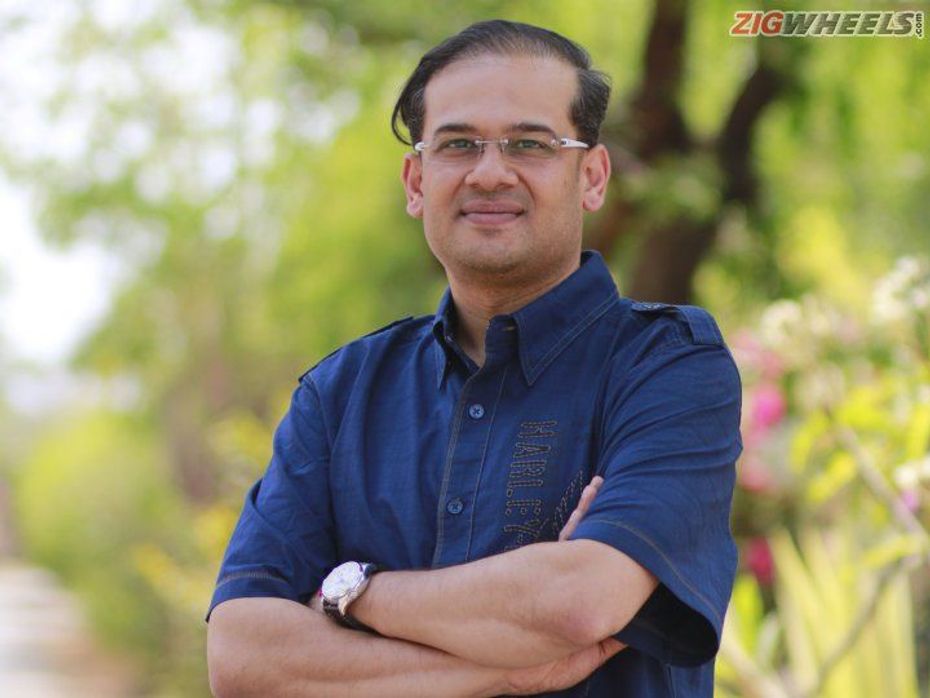
Motorcycle design is a topic that interests bikers as much as a bike's performance. After all, it's the design of a motorcycle that catches your fancy before you even swing a leg over. We recently got a chance to catch up with Chetaan Shedjale, Senior Industrial Designer at Harley-Davidson, who has designed Harley's hugely successful Street 750, as also the recently launched Street Rod that takes entry-level cruiser design a few notches higher with its street-smart styling. Chetan, who hails from Solapur in Maharashtra, has been a passionate biker all his life, and believes in hard work and dedication more than luck, and it is purely his perseverance that has seen him make it big, as he now works out of the Harley-Davidson global headquarters in Milwaukee, USA. That isn't the 37-year old's only claim to fame though, as prior to joining the American bike maker he studied design in Italy, where he even interned under the man quite literally recognised as the God of motorcycle design, the late Massimo Tamburini. Here are some excerpts from our interesting conversations with Chetan.

Q) What were the sources of inspiration for the Street Rod? Harley-Davidson as a brand is present in 92 countries, so designing a motorcycle that will appeal to most of these markets would have been challenging. Where did the inspiration come from?
A) I think, the actual inspiration comes from the youth, the young adults from around the world who indirectly or directly talk with us through marketing research, through different blogs which we do. We follow different blogs in design and marketing teams where we can see what are the new trends setting up and that is how Street Rod was born. It was a ‘What if?’ question and one of my managers came to me one day and said, ‘What if we do a Street on steroids?’ – something like a bulldog look which I spoke to you previously about. We were thinking about that aggressive stance and the market research was also showing us that young adults are also looking for something to be a part of this brand, Harley-Davidson.
Q) I remember when we met in Singapore for the Street Rod press ride, you mentioned a particular incident wherein a biker riding a streetfighter inspired you... Can you tell us about that?
A) I was on vacation in Milan, Italy, and having lived there, I can call myself a Milanese who knew certain streets. I am walking and there are traffic lights – one guy comes on a streetfighter but it was more of a hooligan-ish; the handlebars were upright, elbows are going out and he was sitting upright and he was doing these stop-light runs. It was kind of fun for me to follow him so I ran little bit to see what bike it was, and then I figured out that he has customized it his own way; the seat has been lifted up, there were some cues which you start hitting. More than the product or the actual machine, the lifestyle, that way of living, was an inspiration. He was maybe in his late twenties, young I want to say, sometimes that’s how designers get inspired.
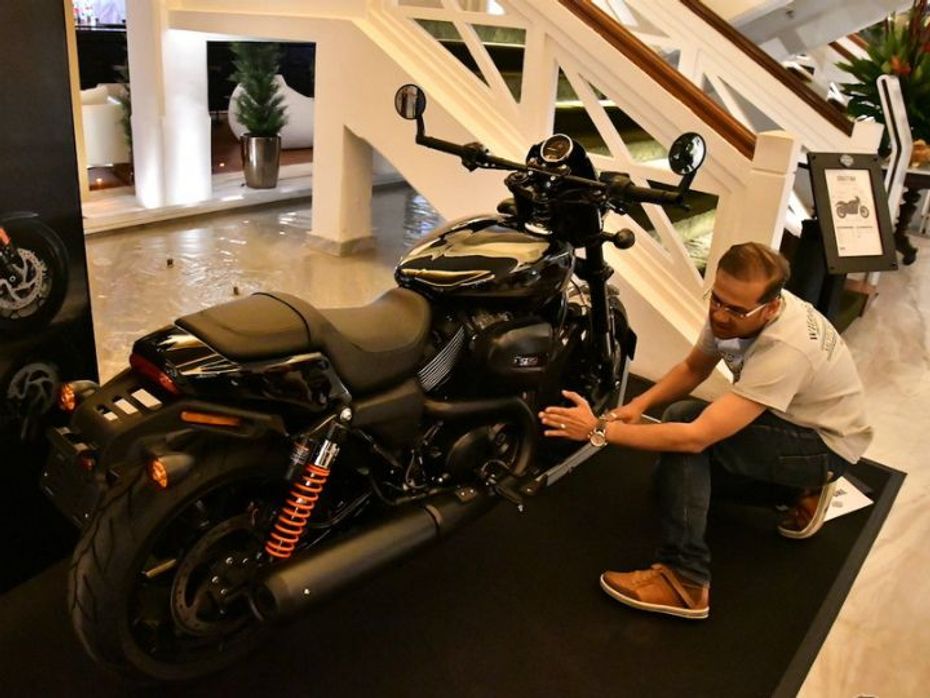
Q) The Street Rod is a motorcycle meant for urban use. What is the most important criteria in your view while designing such a motorcycle?
A) We have done a lot of research and we can see the front end has to have a more bullish look; the straight drag handlebars, the bar-end mirrors, the colour-matched Street screen, the front fender, the split seven-spoke wheel – these all are elements mixed together to give you the look you want. So that’s what a designer’s challenge is: to bring all these elements together. Motorcycle is an art of fitting all the elements which can go in and make it look which you want – the tight line, the tight body which we are looking for like this.
Q) What is your favourite bit on the Street Rod from a design perspective?
A) As Harley-Davidson, we have more simplicity; there is no complex design languages. What we have done is, there is a line which is running right from the bottom of this which goes way down into the front fork and that is the aggressive stance which we were looking, same thing goes under the seat tank also, these are the lines which we were looking for. The same goes down to the exhaust also, the exhaust has been chopped, and it comes really tight. These all lines converge into one, and that is the simplicity but it is still aggressive and gives the look which a young adult was looking for.
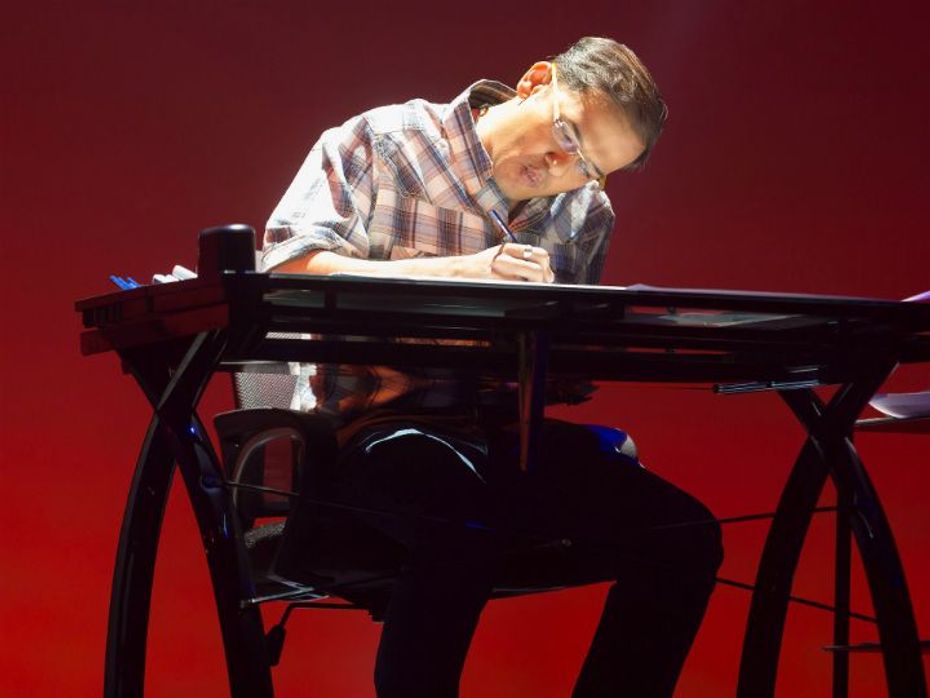
Q) What other possibilities do you think are there with this platform?
A) There are n number of possibilities. Every time we do a product, we think of it as a blank canvas and the rest is with the customers. They guys can customize this bike and develop their own stance or their own way of expression, and that’s what freedom of expression is. That is what we believe in.

Q) Harley-Davidson is present in close to almost 100 countries, so how difficult is it to design a motorcycle with a universal appeal?
A) That is where I think our marketing and product planning team is great. We have representatives around the world who gave input to us. We have different marketing teams like consumer insights and many other different units who all are working day in and out understanding the new trends, understanding what is happening around the world, what are the basic needs. Like, someone in Russia or in a Gulf country, South Africa or Australia, each and every customer is heard and we try to deliver a product which appeals the global audience.
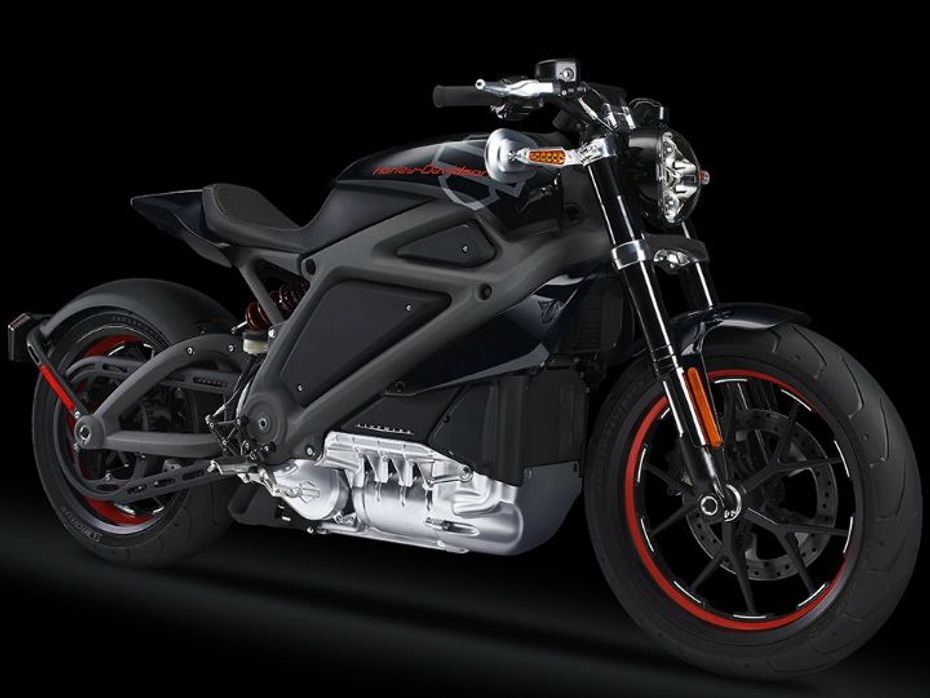
Q) From a design perspective, the Live Wire was one of the wildest Harley-Davidsons that we have ever seen. What is your take on it?
A) It is something we as a company wanted to show; what if Harley-Davidson does an electric motorcycle. And I think it’s a stunning bike to look at. It all starts with what we can do, what are we good in, and those are things are very important. That is how we look at it as a brand.
Q) A lot of car design firms have not been able to crack motorcycle design right. Is it that motorcycles are more difficult to design compared to cars?
A) Motorcycles are very much of an emotional connection. About automotive, I will not comment a lot but yes, you know motorcycle is very much a niche design. The way you look at it is very different. Motorcycles has got surfaces all over to look after. Even the power train has to be treated really nicely. In a car it has different approach; there are big surfaces to be taken care of. That has got its own pros and cons. I would say a motorcycle is more difficult, it has its own challenges.
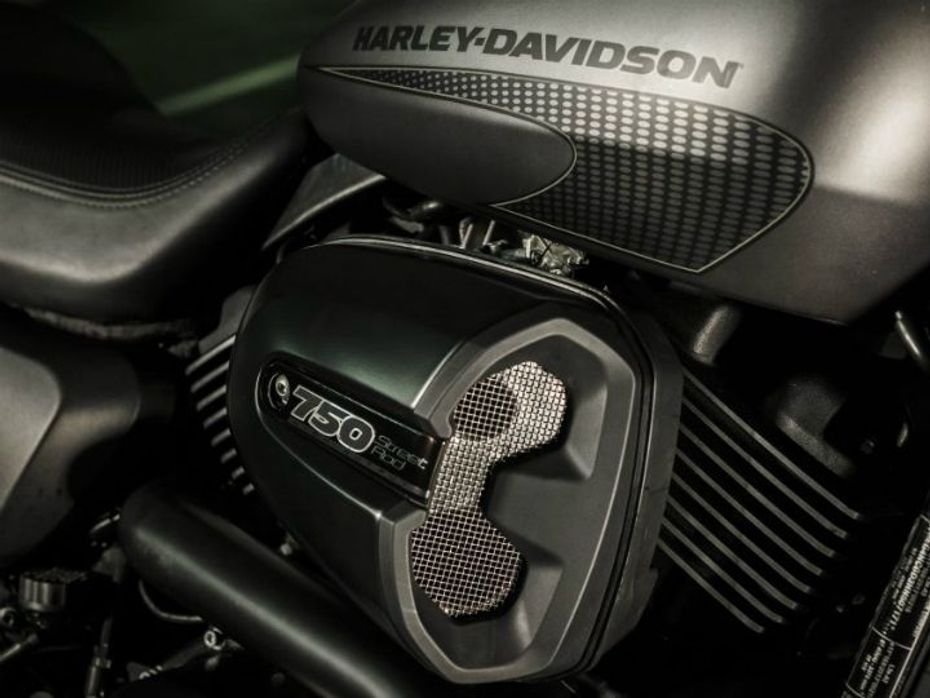
Q) One of the most intriguing parts on the Street Rod is the airbox that looks like a supercharger. What's the story behind that?
A) It was conceptualised in a flight from Frankfurt to Chicago. I was flying back from India, when I got a mail from Frank Savage, my manager, saying we need to tackle the air intake for the Street Rod ASAP. I saw the email, started drawing something and went back with a couple of rough sketches like this model and said “What do you think?” He said, “We should start doing it, we don’t have that much of time.” I had the idea, and I wanted to pay homage to American drag racing, the era of muscle cars and the Mustang. As an Indian, you know, that is what something is with me. The supercharger look came from there. Appealing to a young adult with a contemporary design but giving something in it from the Americans. This is an American brand which has connected with the youth from ages.
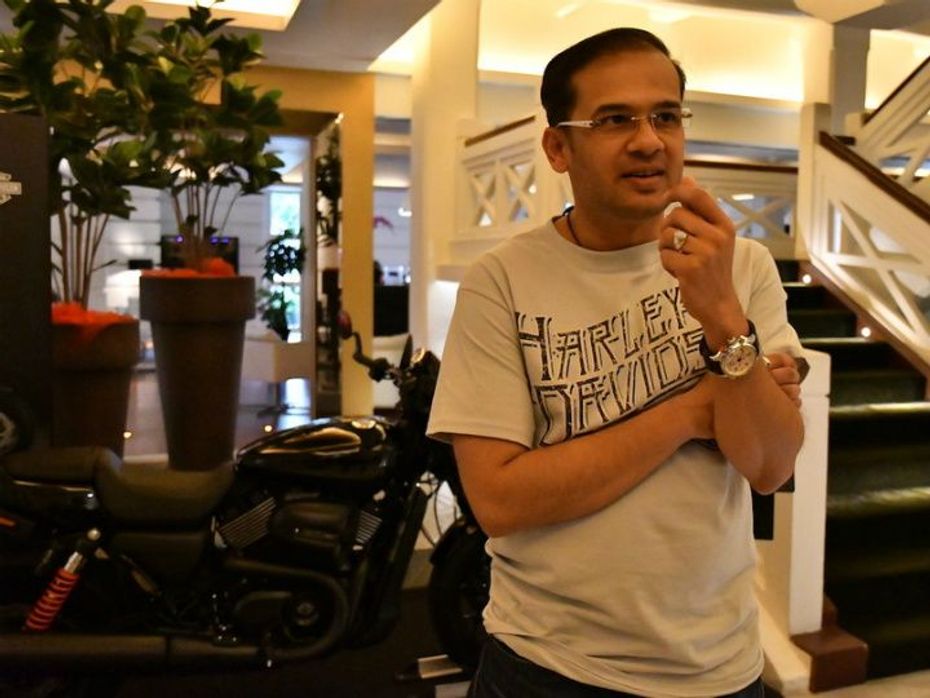
Q) What according to you is the most challenging part of designing a motorcycle?
A) It’s a big question but I would say the stance of the bike. There are certain elements like the front-end look that is very important. Whether you are going to do a dual disc or not, a designer influences these things also. It won’t just come from engineering. We influence the dual disc-look, and then we influence the cuts in the disc. There are elements which are challenging but then we in general look at a stance which is most important, like how the bike should look like in a side view also. There is a healthy discussion happening between the engineering and design team on the design.
Q) What would be your ideal design of a motorcycle?
A) I will buy a Street Rod, which is the most recent creation; hack off maybe the LP, get a different custom paint job, some swingarm changes, or maybe do a single-sided one. That’s what is outside of the box and that’s what Harley-Davidson is good at. That’s the positive side of the Street 750 platform, that you can make n number of your own creations.
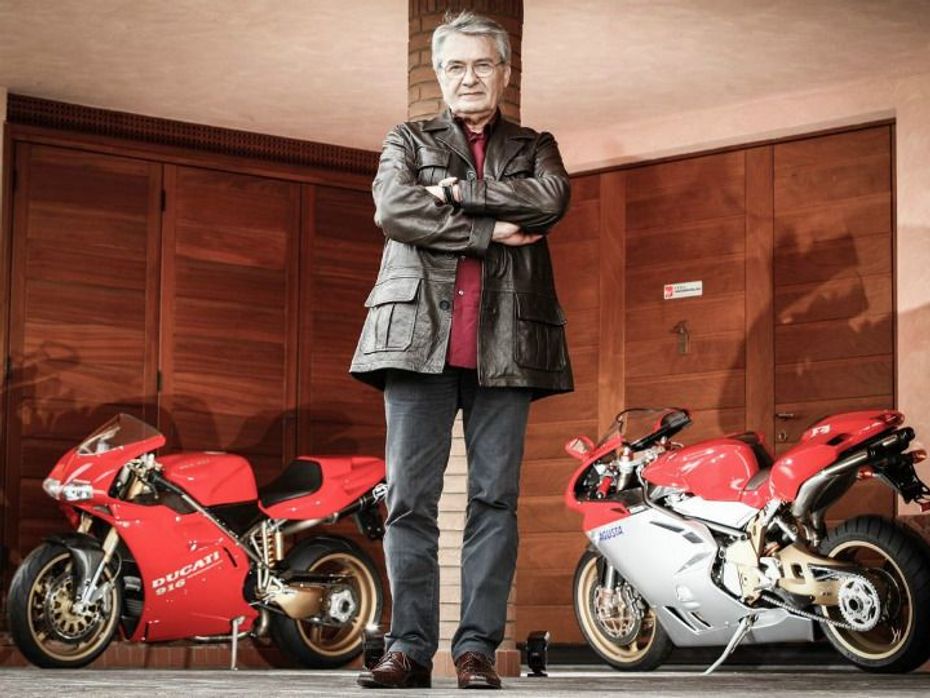
Q) In the early part of your career, you have worked with Massimo Tamburini who is THE god of motorcycle design. He has made some of the most beautiful motorcycles we have ever seen. How was the experience working with him?
A) It was the best learning time as a kid, as a guy from India, who didn’t know what to expect working under someone like him. Massimo is my godfather in my design career. Willie G Davidson from Harley-Davidson has been the next big influence.
Q) Initially you started with an Italian design firm and now you work with an American company. What is your take on Italian design vs American design?
A) Each of them have their own working styles. We, Harley-Davidson, believe in simple lines but if you go check an MV, it has a different line structure. They have their own way and approach to design; we have our own. We believe in simplicity, something for the young customers and allowing them to do something.
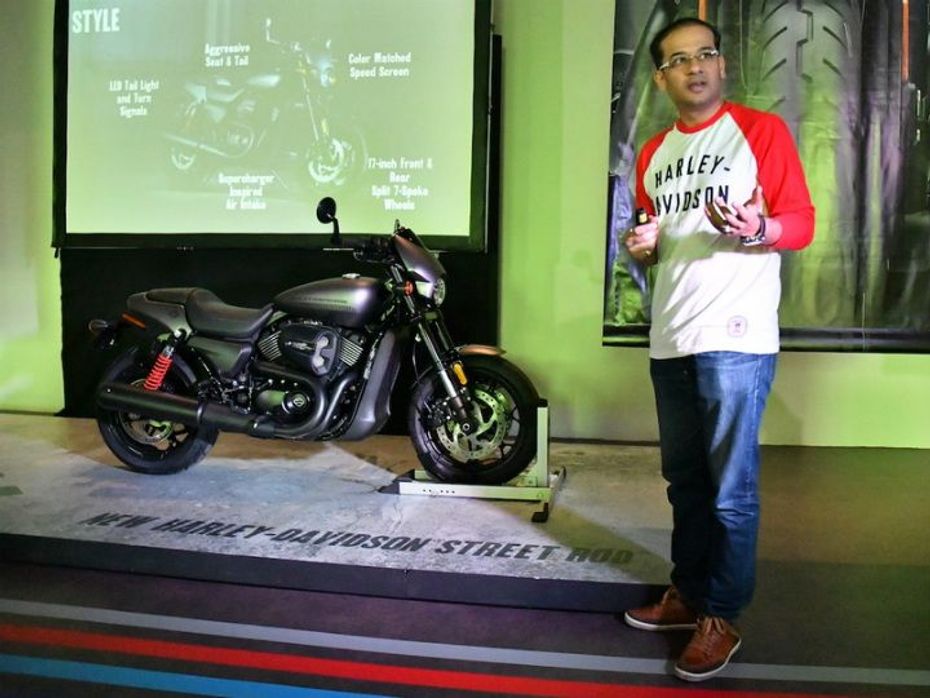
Q) What’s your wildest idea of a Harley-Davidson?
A) The Street Custom concept and the Urban Custom. That’s what I would love to do, something which is wild like a single-seat. You go on picking lifestyles and take your inspirations from them. The Hollywood movie, Harley and the Marlboro Man, is also one of my big inspirations.
Q) If not a motorcycle designer, what would you have been?
A) I would have been a chef. I love cooking. Cooking is an art. Picking any food style or country style is an art. I would love to own a food truck and live my life.

Interview with Chetaan Shedjale - Chief Designer, Harley-Davidson...

Your Dream Of Owning A Harley Street Rod Just Got A Whole Lot...

This Limited Edition Harley-Davidson Street Rod Screams Freedom

Harley-Davidson Enters Pre-owned Motorcycle Segment

Harley-Davidson Buys Stake In Electric Startup

Harley-Davidson Inaugurates First Concept Store

Harley Davidson To Buy Ducati?

Harley-Davidson Celebrates Father’s Day In Style

Harley-Davidson Comes Up With A Street Rod Drag Racer
 Kawasaki Eliminator
Kawasaki Eliminator
 Kawasaki Vulcan S
Kawasaki Vulcan S
India's largest automotive community
 Harley Davidson X440
Rs. 2.39 Lakh
Harley Davidson X440
Rs. 2.39 Lakh
 Harley Davidson Sportster S
Rs. 16.49 Lakh
Harley Davidson Sportster S
Rs. 16.49 Lakh
 Harley Davidson Nightster
Rs. 13.39 Lakh
Harley Davidson Nightster
Rs. 13.39 Lakh
 Harley Davidson Fat Boy 114
Rs. 25.69 Lakh
Harley Davidson Fat Boy 114
Rs. 25.69 Lakh
 Harley Davidson Fat Bob 114
Rs. 21.49 Lakh
Harley Davidson Fat Bob 114
Rs. 21.49 Lakh